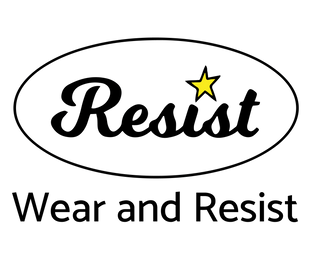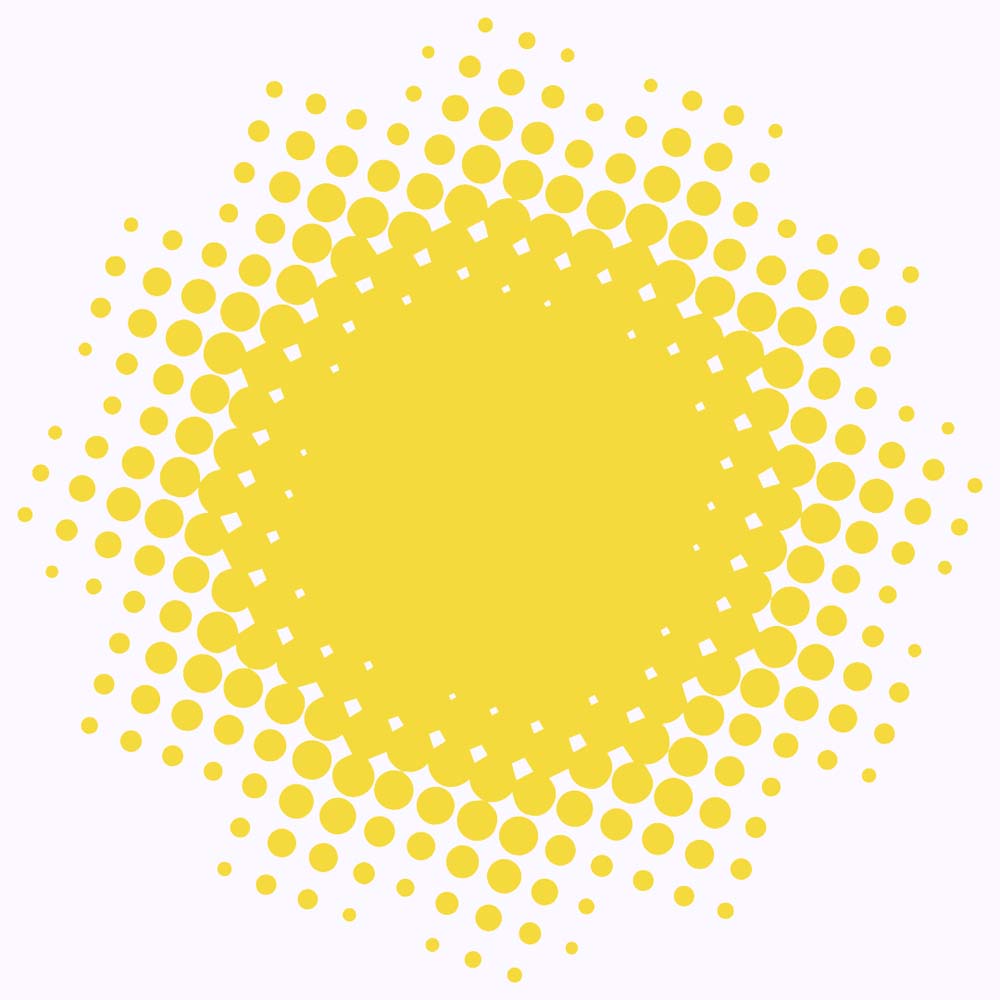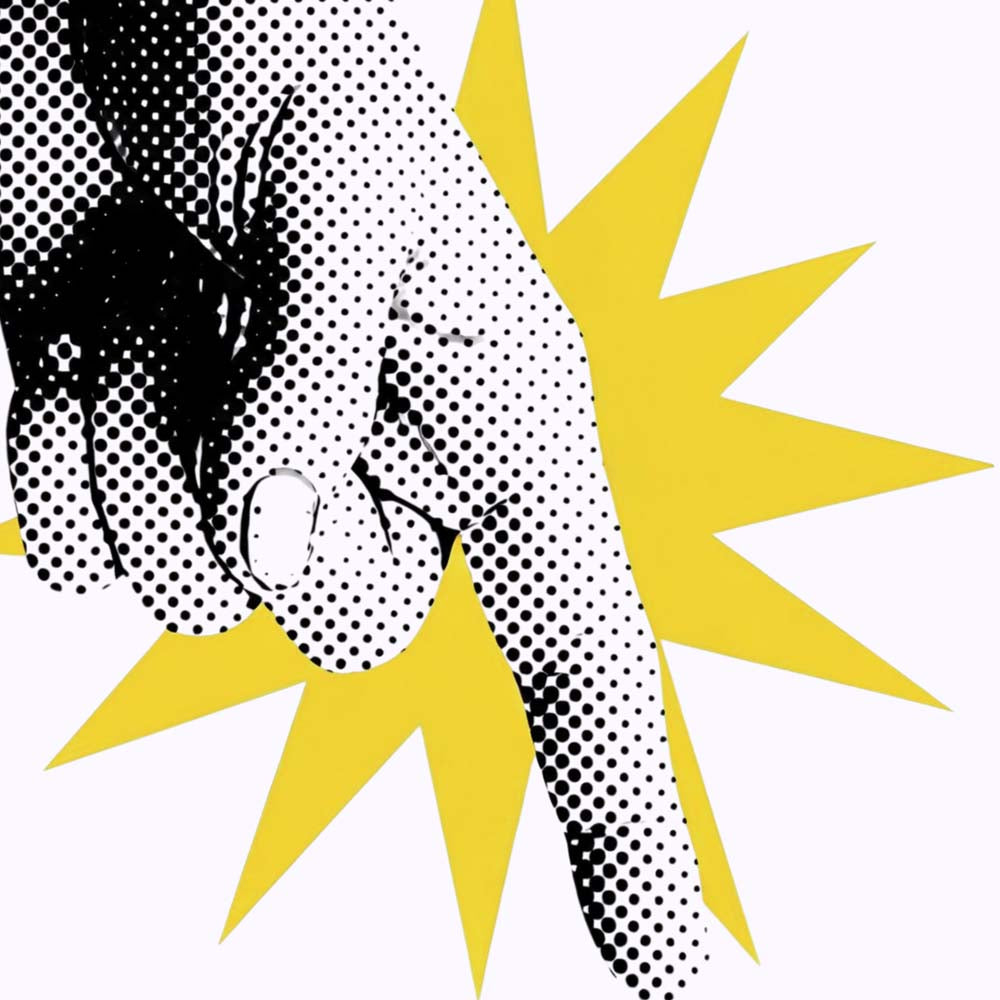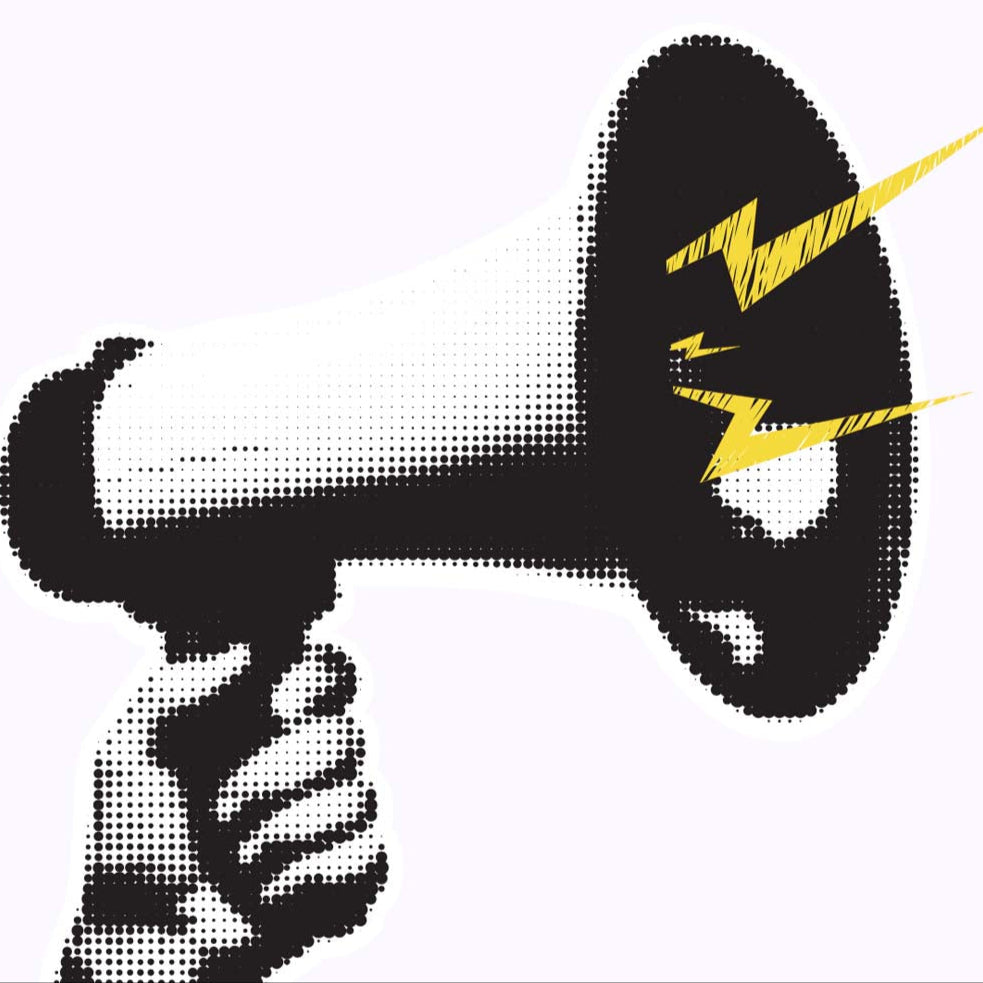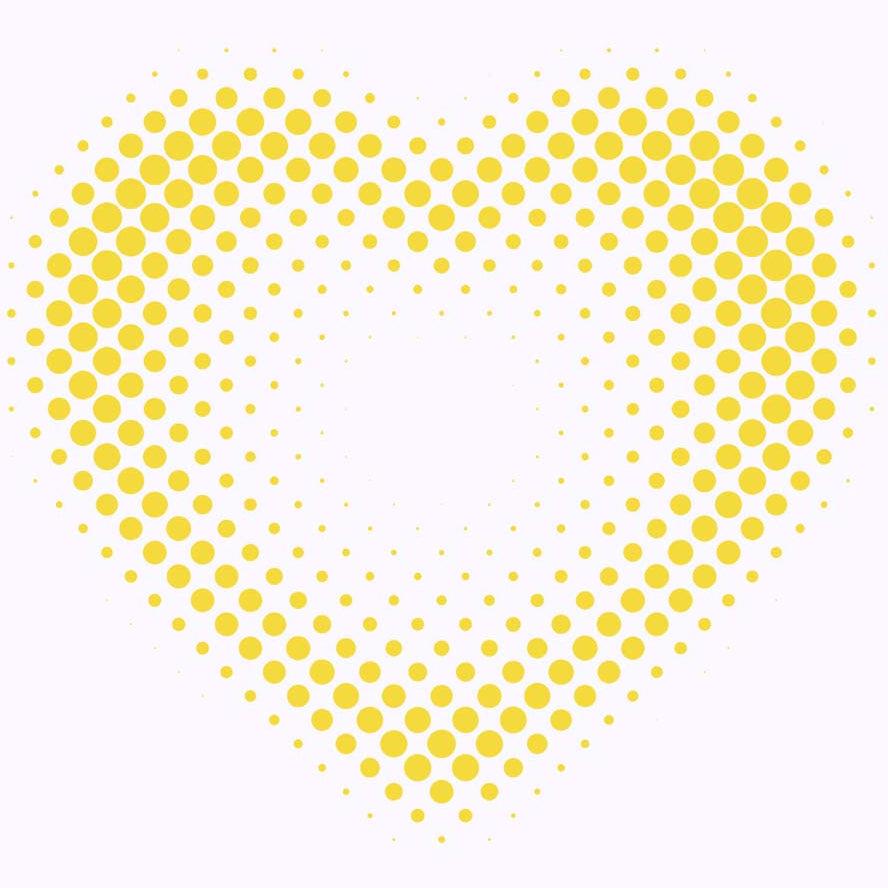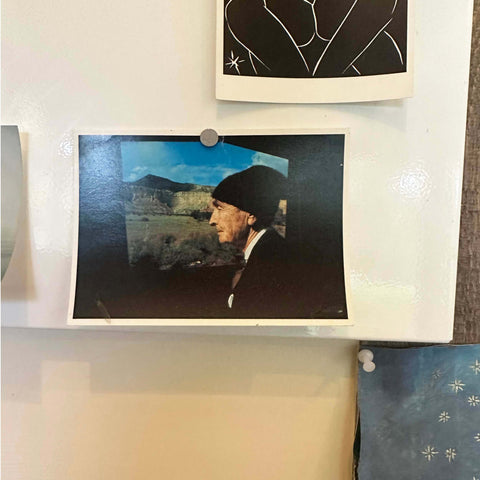
I’ve had this Photo of Georgia O'Keeffe over my writing desk for years. For me, it symbolises the power of a determined older woman, doing exactly what she wants to do, pursuing her art, in the process of making some of the best work of her life, near the end of her life. I only clicked yesterday, after I was photographing the new Crone design, how much it calms me and gives me strength to look at her face as I sit down to write.
A few of you have asked over the past couple years for this word to be made into a necklace, and to be honest I've hesitated. I think my ego got in the way of even wanting to consider this word and what it means to me. I have a little mantra I say to myself about trying to accept my aging with grace, because so often I don’t. I’ve probably inherited thoughts from my own mother, and of course the ever-present media, that aging is a bad thing. That as women we only become less: less pretty, less fit, less moist (ew, but seriously, so much talk of drying up!)
It’s hard to keep telling yourself that you are ‘aging beautifully’ or rightfully, or that there is any value at all in aging, when as a culture, we really don’t put much value on wisdom or lived experience.
Thankfully, we're talking more about peri-menopause and menopause, and so many women have better access to information about what is happening in their bodies hormonally, and how this can affect confidence and sense of self. But it's not only hormones affecting how we think of ourselves. I've found myself wondering who I am now my periods have stopped. I mean, I'm me, of course, but who am I supposed to be now?
I'm reminded of that famous Jerry Hall quote: ‘My mother said it was simple to keep a man, you must be a maid in the living room, a cook in the kitchen and a whore in the bedroom.’
All these labels that we are defined by, that men don't seem to have, that follow us throughout our lives. All these things we're supposed to be: good girls when we're young, sexual objects, then mothers, then what?

Just by chance these words of wisdom by Hollie McNish popped up on Twitter a couple days ago, and struck a chord with me. I've been putting off getting in front of the camera for a long time, and this week I knew I would have to – my model, my daughter Eliza, is off at university. It's not a coincidence that this Crone design came to me just after my kids left home. This is a new stage of life. And even if she was here, I couldn’t very well have Eliza modelling a crone necklace, could I? But I've worried I might damage the brand by showing up as I am, that no one wants to see my old face, etc. etc. ARGH. Why is there so much shame surrounding age (particularly women aging) when it's a simple fact of life?
Anyway, back to crone. A quick search of the word online throws up definitions along the lines of, ‘a feeble and withered old woman, an unpleasant ugly old woman.’ It originated in the 14th century, and is thought be derived from Anglo-French insult carogne - from french charogne, meaning literally carrion.
Nice.
But this word has always had a bit of a dual nature to it. As well as an old hag, a crone can also be a wise old woman, and when she shows up in fairy tales, there is usually some sort of magic attached to her.
It’s this take on the word that is being adopted and embraced by women all over the world as they reject the patriarchal labels and stereotypes around aging.
In this more spiritual interpretation, the crone is often a powerful figure or goddess, linked to the moon, representing the circle of life, but not as a rotting carcass. This crone is all knowing and wise, drawing from her own strengths of having lived a long life.
How amazing would it be to embrace our aging fully, in one of the croning ceremonies I've been reading about, celebrations of aging as a rite of passage into an era of freedom and power.
Clarissa Pinkola Estés’ writes that the crone is a visionary’: the one who sees far, who looks into the spaces between the worlds and can literally see what is coming, what has been, and what is now and what underlies and stands behind many things.’
The old woman of fairy tales often has this power: Baba Yaga in Slavic folklore, and similar enigmatic old women in Scottish and English tales. Pinkola Estés argues that the word crone may actually come from the word for crown. It seems a little like wishful thinking, though Barbara Walker also says this in her book, The Crone: A Woman of Age, Wisdom and Power, which I've just started. I want to believe.
The crown in this design is a nod to this potential origin of the word, and also to my favourite crone of all, the evil stepmother in Snow White.
As a kid, I was slightly obsessed with her character. My mum didn’t approve of Disney, but I adored the film. I also had the most amazing book of Snow White illustrated by Nancy Ekholm Burkert. (It’s utterly wonderful if you haven’t read it.) And as much as I was rooting for Snow White, I would spent ages poring over the middle illustration of the stepmother’s evil turret lair with her magical potions.
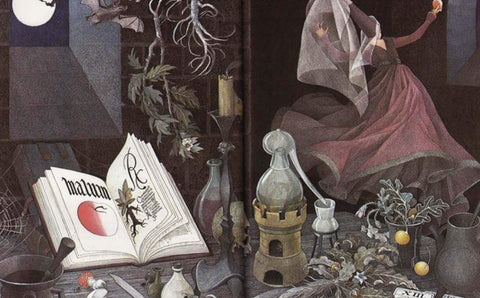
Even in the film, she steals the show. Who couldn’t admire her pure power and confidence?

Along with Crone, I’ve made a larger, completely unapologetic, Witch design, for those ready to fully step into their power. If anyone wants to invite me to a croning ceremony, I would be well up for it. Maybe we should all start our own.
Did I have to psych myself to get in front of the camera? Yes. Did I spend ages on my hair, probably too much. Did I take a few deep breaths before looking at the photos? Hell yes. But you. Know what? I like my face. It’s seen some things. It’s mine. I'm not young anymore, but I'm only just beginning my Crone's journey.

